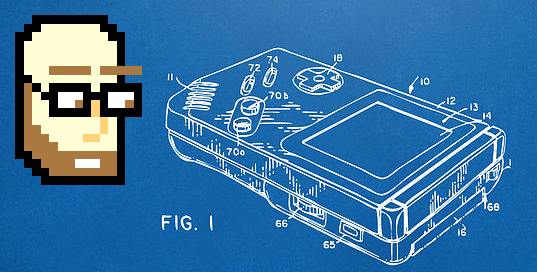Tiny Games - Rigabo
- Feb 5, 2019
- 3 min read
Updated: Jun 9, 2020

As part of my work last semester at the NYU Game Center, I tried to create as many "tiny games" as I could. My goal with these tiny games was to create small, simple games made up of as few components and rules as possible, but ideally these games would be more fun to play than typical "game theory" style games. I wanted to create games with interest, with some strategic challenge and depth, but still as small as possible. Now that I have a little more free time as I wrap up my final year, I'm going to codify and release some of the more successful experiments from that three months of game making.
Rigabo
Rigabo is a simple game of deep strategy, where you have to build the board while playing on it. The name comes from a… portmanteau? Internal-manteau? Let’s go with "side-manteau" of tic-tac-toe and RGB, and it originated with trying to find some more depth and interest from tic-tac-toe, by adding a few more dimensions.
Setup:
Download the print-and-play pdf here.
Print and cut out the tokens and colored dominoes.
One player takes the six circle tokens, the other the six square tokens, two of each color.
Shuffle and place face down the colored dominoes to one side.
Draw one domino and place it in the center of the table.
Gameplay:
Taking turns, each player places a token, then places a domino.
Tokens can be placed on any square that is the same color as it. You can place tokens from your hand, or move a token from one square to another.

While there are unplaced dominos, draw the next domino at random, then place it. Each domino must be placed so that at least one of it’s squares is adjacent to a square of the same color. Once all twelve tiles have been placed, instead of drawing a tile, you must move a tile and place it in a new position. You cannot move a tile that has a token on it.
A player wins if they end their turn with three of their tokens in a row, with one red, one blue, and one green.
Small Choices, Big Changes:
Despite being such a small set of rules, I found there were still a lot of vectors to tweak or change that made significant changes to how the game played. One of the biggest examples was the order of the two moves a player makes on their turn - placing a token, then placing a domino. When originally conceived, the game was the opposite order - placing a domino, then placing a token. This introduced an insidious issue, one that took some playtesting to figure out - the player is changing the possible places you can place a token before placing a token on their turn. So, a player can create a board-state that allows them to win, then win, without any competitive interaction - you just have to watch your opponent win the game. Strategically, the weight of this decision filters up - a player has to intentionally end their turn knowing that no edges of the board will allow the placement of a tile that will let their opponent to win. Of course, this isn't an insurmountable mental load, but it forces the player to make strategic decisions at the beginning of their turn, when their placing your own domino, looking towards the beginning of their opponent's turn.
Turning this around, and making the player place a token, then place a tile, means that the end of their turn is focused on what board-state they are leaving their opponent, and the beginning of their turn is focused on exploiting any weakness in that last choice their opponent made. Plus, the ability to create a board that allows you to win then win without any competitive interaction is removed by reordering these two rules.
In a game with essentially two rules - place a token, place a domino, we see how important the small changes to our game can be.








Comments